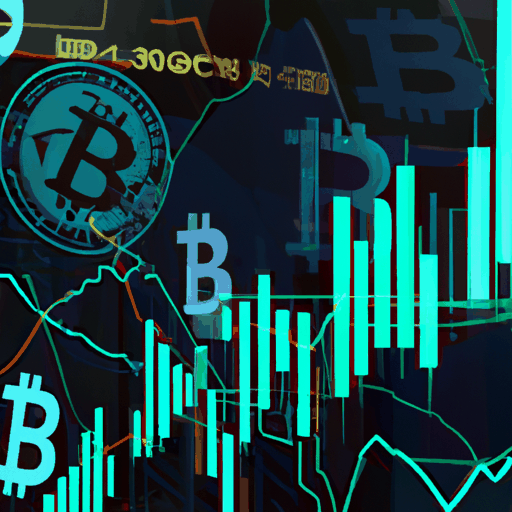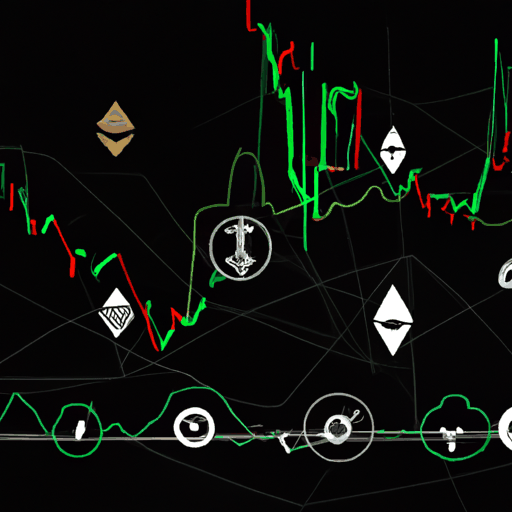
US GDP Growth Exceeds Expectations While Bitcoin Slips Below $64,000
By: Eliza Bennet
The recent economic data revealed that the US GDP Growth Rate for Q2 climbed by an impressive 2.8% quarter-over-quarter (QoQ), surpassing both the previous quarter's 1.4% increase and the consensus forecast of 2%. Despite this positive news, Bitcoin has shown signs of decline, dipping to around $63,500, a slight drop from its previous stability around $64,000. This fluctuation leaves Bitcoin about 16% below its all-time high.
This stronger-than-expected US economic growth underscores a robust recovery, potentially influencing investor sentiment towards assets like Bitcoin. The GDP Price Index for Q2 also advanced but at a more moderate pace of 2.3%, aligning closely with forecasts but still below the previous quarter's 3.1%. This moderation in inflationary pressure may lead the Federal Reserve to adopt a less aggressive monetary policy, a factor closely monitored by crypto investors for its potential impact on liquidity and market conditions.
Simultaneously, Durable Goods Orders for June presented mixed signals, with a notable decline of 6.6% month-over-month (MoM), contrasting with a slight increase of 0.1% in May and a consensus forecast of 0.2%. However, orders excluding transportation saw a modest rise of 0.5%, indicating some underlying strength in other sectors. These economic figures reflect ongoing uncertainties, which could enhance Bitcoin's appeal as a hedge against traditional market volatility.
Meanwhile, Bitcoin and stock markets are experiencing declines, influenced by external factors such as China's aggressive economic measures. China's recent back-to-back interest-rate cuts indicate a sense of urgency to bolster growth following a lack of substantial support from the latest Communist party plenum. The steepening of the Treasury yield curve adds to the mix of economic signals impacting the market.
Despite these uncertainties, Bitcoin's relative stability amidst fluctuating economic data and investor sentiment highlights its resilience as an asset class. The ongoing economic scenarios in the US and China play pivotal roles in shaping investor behavior and the broader financial landscape.
For more detailed economic insights, traders and investors can refer to platforms like Trading Economics and Federal Reserve.



